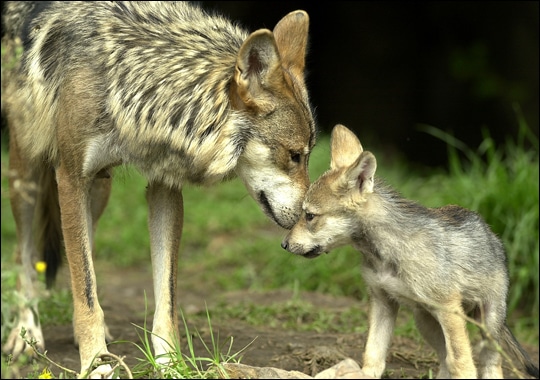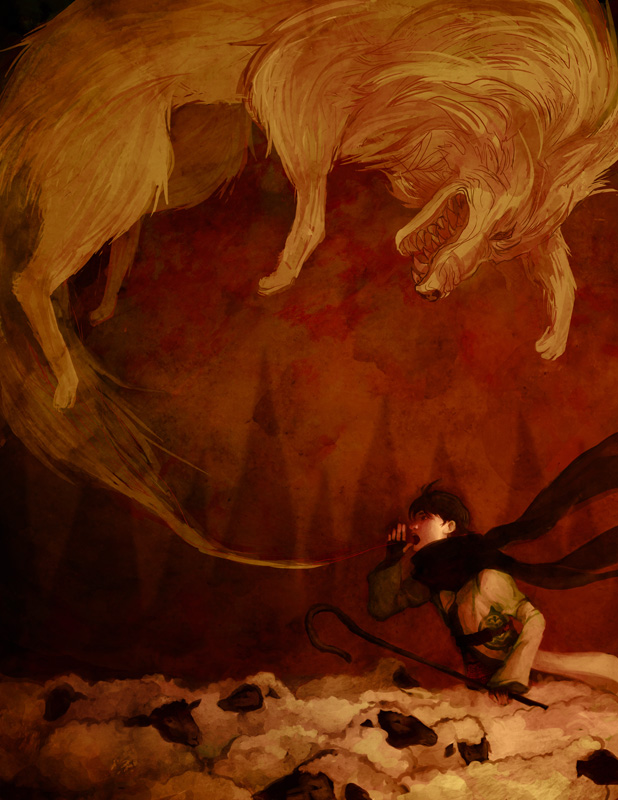I
have a little more to say on Ahimsa (non violence) and parenting, before I move
onto the second yama (codes of conduct from the Yoga Sutras), Satya.
 I
was surprised that Ahimsa for me this week was pretty much about boundary setting. Hmmm. Tough love is something that I feel less strong in my parenting, but I have no wall-flower for a son - so sometimes it is required. As my friends who have stayed with me over the last few
months have pointed out, I do a little jig to get around sternness in my
parenting. I believe and admire parents who are softly spoken and respectful of
their children’s emotions… but there is a line – and we have been HOT STEPPING it recently! I see those soft-spoken parents I admire also set firm unmoving
boundaries and lay out some good laws of the universe for the child to work
within. My goal at the moment is to be able to set clear unmoving boundaries without the shouting or blame or accusation.
I
was surprised that Ahimsa for me this week was pretty much about boundary setting. Hmmm. Tough love is something that I feel less strong in my parenting, but I have no wall-flower for a son - so sometimes it is required. As my friends who have stayed with me over the last few
months have pointed out, I do a little jig to get around sternness in my
parenting. I believe and admire parents who are softly spoken and respectful of
their children’s emotions… but there is a line – and we have been HOT STEPPING it recently! I see those soft-spoken parents I admire also set firm unmoving
boundaries and lay out some good laws of the universe for the child to work
within. My goal at the moment is to be able to set clear unmoving boundaries without the shouting or blame or accusation.
My
pattern is to stay calm/uber
patient, loving etc for a long time
and then suddenly BAM - fully exasperated, out of love juice and boiling up a spicy
internal rage that I neither want to project on my child nor stew in myself. I’ve got to find a way of speaking my truth (satya… linking into yama 2) before I hit the pressure cooker explosion stage.
So
how to bring the principle of ahimsa into boundary-setting? This is my plan… in
progress!
1.
Breathe (enabling change to occur in my physical and emotional body... and thus the situation)
2.
What is the truth of
my feelings/judgement of behaviour here?
3.
What is my child really needing,
asking for? (Quote Osho – ‘the answer is in the questioner’, Book of Woman)
4.
At this first stage, what is important for my son to learn, what is the core boundary/principle?
5. Embody the boundary at my core, in my physical centre, and then bring softness into my face, voice and breath.
6.
Communicate
simply and clearly using positive
language.
As
I try and practice this I can feel myself growing in this soft yet firm
stern-ness; recognizing what is at the root of an issue with my child… And he responded well - seeming to feel more safe and secure in the stronger clearer voice and role I had as his guardian.
But some
discomfort still remained… as someone that naturally orients away from conflict, I found it unpleasant to have a ‘she-wolf’
moment. As I talk of in yoga, pain comes from resistance… so what was I
resisting here? How could I be present for his need for love, even in his most
mischievious hour, and also step up strongly to teach him about loving behaviour, respecting boundaries and consequences/karma?
The answer came
from Don Miguel Ruiz’s The Mastery of
Love, where he talks about the pain we create for ourselves in our
deep-rooted expectation and longing
to be perfect. This expectation was created when as children we realized we needed to behave in a certain way for
acceptance. Many spiritual books talk of the damage done to children through
conditional love and punishments. I realized that when I let go of trying to be perfect, I was way stronger and much more clear about what was acceptable behaviour for us both - and I also changed my default disappointment that bad behaviour would come up - and expected Mabon to be not perfect - which was really lovely! It has helped our family atmosphere so much to just work on accepting him and myself and our life, exactly as it is… Being totally prepared to receive challenges in behaviour and confidently correct them has of course made my son more gentle, more secure and the family feels more held.
I’ll close this
post with one of my favourite poems, by Mary Oliver, dedicated to Lottie
Loosemore, whose parents gifted my son this poem at his birth-celebration walk.
Wild Geese
You do not have to be good.
You do not have to walk on your knees
For a hundred miles through the desert, repenting.
You only have to let the soft animal of your body
love what it loves.
Tell me about despair, yours, and I will tell you mine.
Meanwhile the world goes on.
Meanwhile the sun and the clear pebbles of the rain
are moving across the landscapes,
over the prairies and the deep trees,
the mountains and the rivers.
Meanwhile the wild geese, high in the clean blue air,
are heading home again.
Whoever you are, no matter how lonely,
the world offers itself to your imagination,
calls to you like the wild geese, harsh and exciting --
over and over announcing your place
in the family of things.
------------------
* I am focusing on embodying and exploring the 10 yamas and
niyamas from the Yoga Sutras in my parenting. Beginning with the ‘Happy Pancake
Day’ blog.




